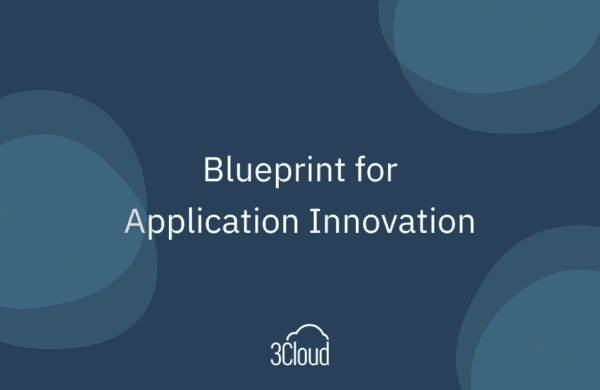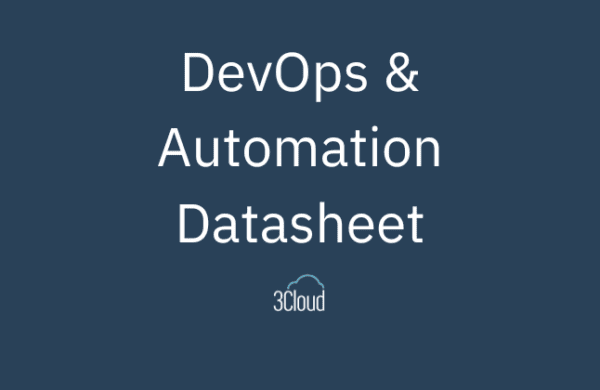In order to emerge from the COVID-19 pandemic leaner and poised for growth, leaders are looking for ways to digitize their organizations quickly. Only cloud platforms can provide the agility, scalability, built-in redundancy, global remote management, and integrated security needed for this transition, but finding the right path for getting cloud ready can be intimidating.
Azure, Microsoft’s ever-expanding set of cloud services, has helped organizations both directly and indirectly affected by the pandemic navigate these complexities and adapt. Read on to learn more about implementing this cloud solution trusted by over 95% of Fortune 500 companies.
Prioritizing Resilience
Only 54% of CISOs indicate that their operational resilience plans had prepared them adequately for the COVID-19 pandemic. That means that almost half of those polled were not prepared. Which side does your organization land on? Are you confident you will be ready for the next pandemic or unexpected change in market dynamics?
These questions keep leaders up at night. Many organizations still host on-premise servers, databases, and application infrastructure. What happens during a lockdown when one of those pieces goes down? No one wants to ask employees to risk their health and safety to go into the office to perform maintenance.
One solution is migrating to the cloud. In an Azure-hosted ecosystem, your employees won’t have to worry about managing the physical infrastructure. All management and troubleshooting tasks can be performed remotely, from anywhere in the world. Information and data security can be dramatically improved with Azure, and disaster recovery is built into the foundation of the platform.
Staying Lean
All organizations strive to be lean. During a crisis, focusing on increasing customer value is vital to emerging intact and continuing to thrive. When sales and engagement are down, your team has to focus on providing what your customers want and need. If you serve the education sector, for example, you’ll need to support fast transitions in and out of classrooms as schools continue to respond to COVID-19.
Monolithic legacy applications do not fare well in stressful times and will put you at a disadvantage. They are difficult to change, difficult to test, difficult to deploy, difficult to scale, and difficult to support. To react quickly to sudden, unforeseen market changes, your software needs to be made of lightweight, loosely connected components that can be individually enhanced as new features are identified.
Still, many IT managers and executives postpone their application modernization efforts because they just don’t know where to start. Older applications can be massive in scope and scale, and it takes experience to decide how to chop them up into more manageable pieces. Plus, the pressure to modernize while also supporting the current state can be overwhelming. How can you modernize when 75% of your team’s time is spent on support tickets and bug fixes? Outside support is a viable option, but how do you know you’ll find a partner who can help you succeed?
Being Cloud Ready and Emerging Successfully
At 3Cloud, each of our senior level consultants has been through the application modernization journey many times over. Using Microsoft’s recommended approach to Azure migration, we’ve helped many businesses efficiently carry out each step–from performing a cloud readiness evaluation to identifying a strategy to implementing and optimizing the migration itself. When we engage, we bring the full force of our collective experience to bear, so your organization can stay lean and avoid common pitfalls.
Organizations that successfully migrate to the cloud must do so gradually and thoughtfully, but once cloud ready they can respond quickly to whatever comes their way next. In late March, the Washington State Department of Health approached Microsoft about expanding a cloud-based Hospital Emergency Response Solution, powered by Azure. Within 12 days, the state was able to launch a new healthcare emergency and logistics tracking hub, while keeping patient data safe and secure.
Modern organizations need to be ready for the widespread economic impacts of pandemics and natural disasters. Being cloud ready and cloud native dramatically reduces your risk during a crisis, allowing you to stop worrying about your on-premise infrastructure and start focusing on new, unique needs as they crop up. By transitioning to the cloud and modernizing your applications today, you can be prepared for the challenges of tomorrow.




